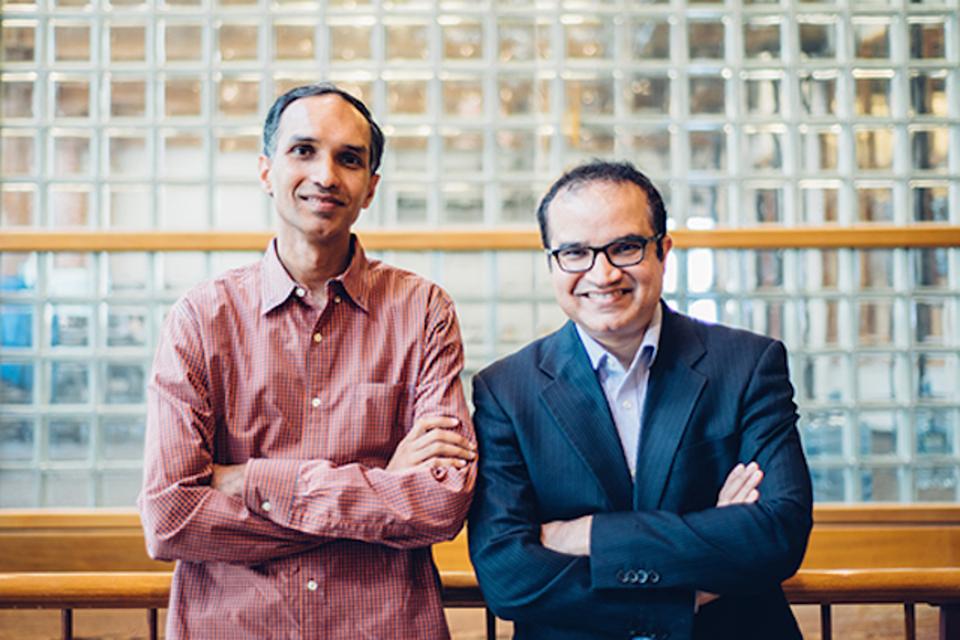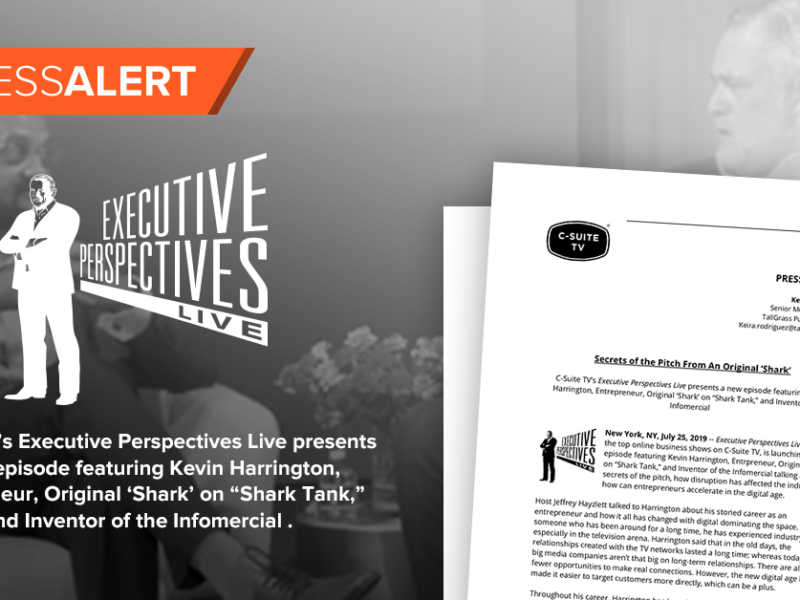
These Founders Turned An MIT Class Project Into A Leading Analytics Company
These Founders Turned An MIT Class Project Into A Leading Analytics Company https://csuiteold.c-suitenetwork.com/wp-content/uploads/2017/06/these-founders-turned-an-mit-class-project-into-a-leading-analytics-company.jpg 960 640 C-Suite Network https://csuiteold.c-suitenetwork.com/wp-content/uploads/2017/06/these-founders-turned-an-mit-class-project-into-a-leading-analytics-company.jpgTweet This
- When Puru and I took the Linked Data Ventures Class at MIT, we realized how we could unleash significant value by linking data and running analytics on it.
- The big learning as an entrepreneur is that you just have to keep at it. Just because one approach hasn’t worked, doesn’t mean the startup has to shut down.

Photo courtesy of MIT
Infinite Analytics co-founders Puru Botla (L) and Akash Bhatia (R)
A recent survey revealed that 89% of consumers prefer conversing with virtual assistants to answer questions and find information online.
Of this segment, 73% desire a personalized conversation; with 64% preferring the chat bots recommend products or services that match their interests.
Despite these staggering statistics, in order for retailers to unlock to full potential of B2C interactions, brands must go beyond artificial intelligence and machine learning. Instead, they must create a streamlined, comprehensive conversation that merges they must advanced visual, vocal, written and predictive capabilities.
Founded out of MIT in 2012 by Puru Botla and Akash Bhatia, Infinite Analytics specializes in deep machine learning and predictive analytics. Their platform syncs data from multiple web, mobile and social sources to create a full-circle view of consumers.
Their proprietary analytics algorithm detects and predicts data patterns that help business leaders make better decision to enhance products and increase revenues for clients.
Infinite Analytics currently serves as the analytics tool for a growing roster of global brands such as Airbnb, Comcast, eBay, and the NBA.
Co-Founder and CEO Akash Bhatia discusses the vision behind the company, the future of big data, and his plans to change how companies understand consumer insights.
What specific void or opportunity did you discover that inspired the idea behind your company?
Akash Bhatia: A lot of it came from my experience in building an e-commerce company in India prior to MIT. In my experience, e-commerce was not using data as well as it should have been. Experiences were not personalized despite companies having all the data about the consumer. How you acquire a customer is completely disconnected with what the customer experiences on the e-commerce store, and when the transaction is over, the follow up to retain a customer is also disconnected with what the customer has bought. Even if one piece of your technology understands what the customer is interested in purchasing, it doesn’t get carried over to the search engine, which is completely clueless about the customer’s choices, interests and context. If these components of e-commerce were linked, and understood each other, that would significantly increase revenues for the retailer. When Puru and I took the Linked Data Ventures Class at MIT, we realized how we could unleash significant value by linking data and running analytics on it.
What were some of the challenges you faced getting your company off the ground and what lessons did you learn from this process?
Akash Bhatia: One of the challenges that any company faces is how to take a prototype or a Minimum Viable Product (MVP) to a production-ready product. It’s a chicken and egg problem, because to get real data, you need customers. And, to get big customers, you need a production-ready platform. Initially, retailers didn’t take us seriously, because they felt that we were still a class project, and when it comes to technology, no one ever got fired for hiring IBM. So, how do we break this conundrum? My experience building my previous company in India left me with a good network that I could tap into. India has a similar e-commerce market, like the English-speaking and following the same trajectory. We found initial traction in India that allowed us to build a platform with real retail data, across different categories of retail. It allowed us to experiment, build features, kill features…






